YOU SHOULD SUBSCRIBE TO CLIMATE CHANGE WEEKLY.
IN THIS ISSUE:
- Climate Change Is Not Causing Inflation
- Video of the Week: Debunked Elon says fossil fuels will run out. False. They are abundant
- Hunga Tonga Eruption’s Impact on the Climate Revisited
- Northern Lights Impact Scandinavia’s Climate
- Podcast of the Week: Climate: The Movie – The Climate Realism Show #103
- Climate Comedy
- Recommended Sites
Watch ALL the Presentations by the ALL-STARS of Climate Realism at the Archive of Heartland’s 15 Climate Conferences
Climate Change Is Not Causing Inflation
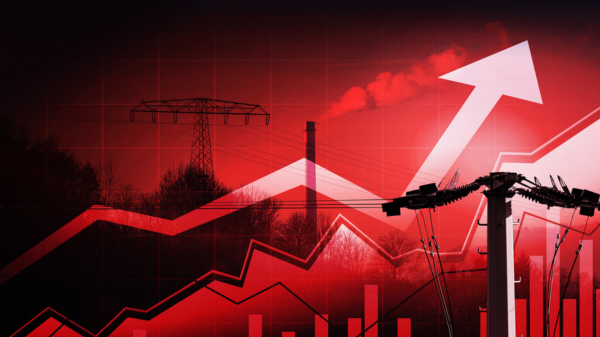
A recent study in the journal Nature: Communications Earth and Environment claims climate change is contributing to price inflation. The study’s authors say they found climate change harms economic productivity and food production, leading to higher prices. They examined more than 27,000 monthly consumer price index data points around the globe.
I can’t begin to describe all the ways this claim is not just outright false but is misleading in a manner clearly intended to motivate restrictions on fossil fuel production and use, policies which would in fact increase energy prices, harm food production, and result in lost jobs, higher prices, and lower incomes. Policymakers taking this study seriously might impose policies which themselves would result in worse inflation than the world is currently experiencing, which is in part due to existing climate policies.
An article by the editorial board of the journal Issues & Insights, “Have We Reached Peak Climate Nuttery?” captures the foolish nature of this claim well. To be fair, I can’t say that linking climate change to inflation is the nuttiest purported connection I’ve seen made by some scientists and the media. After all, at one time or another some have asserted climate change is contributing to divorce, mental illness, hyperactivity, childhood attention deficit disorder, rising crime, rising drug use, “cultural erosion,” and the increased likelihood of space satellite collisions, among myriad other purported harms, all of which are completely unconnected to climate change except in the twisted minds of these researchers and media outlets.
Still, linking climate change to inflation is patently idiotic. First and foremost, in the immortal words of Nobel Prize-winning economist Milton Friedman, “Inflation is always and everywhere a monetary phenomenon, in the sense that it is and can be produced only by a more rapid increase in the quantity of money than in output.” As I told Issues & Insights when they reached out to me for a comment on the ludicrous attempt to link climate change to inflation, climate change doesn’t print money, nor does it create new programs or increase government spending which injects money into the economy when productivity is not increasing and thus diminishes the ability of private companies to gain access to capital for productive uses not sanctioned or subsidized by government.
Let’s quickly dispose of the claim climate change is causing worsening of various weather trends that somehow force governments to print and spend money, thus contributing to inflation. Climate at a Glance has looked at each of the weather events alarmists have claimed are becoming more frequent or severe due to climate change. Whether you pick drought, floods, heat waves, hurricanes, sea level rise, tornadoes, or wildfires, the data presented in Climate at a Glance and the statements of the U.N.’s Intergovernmental Panel on Climate Change—the supposed gold standard of climate research—provide no evidence any of these trends are worsening. Indeed, some are improving. No signal of climate change damage or climate change-induced inflation there.
Inflation has greatly affected food prices, but if anything, the claim that climate change is contributing to inflationary pressures on food prices is on even shakier ground than the belief it is causing any of the weather events mentioned above. As Climate Realism has shown in more than 200 posts, food production and yields for most crops in most countries and regions and for the world as whole have increased dramatically as the Earth has modestly warmed, in part due to the CO2 fertilization effect. Basic cereal crops, secondary crops, fruits, legumes, and vegetables have repeatedly set new records amid ongoing modest warming. If climate change is contributing to greater food production, and it is, then it can’t be causing higher food prices.
In Europe and elsewhere, policies imposed on farmers to fight climate change have led to empty store shelves, higher prices, and riots and farmer protests that have toppled governments and shifted elections. And because agricultural products are traded internationally, the effects of Europe’s and (to a lesser extent) the Biden administration’s thus far more indirect hurdles imposed on food production have rippled throughout economies around the world, jacking up food prices everywhere. Some people are going hungry and others have less money in their pockets to spend on other goods and services, including other necessities, because the need for food is fairly inelastic—everybody’s got to eat—so demand remains high while governments suppress production.
Energy prices have also risen as European governments and the Biden administration have imposed restrictions on fossil fuel development and use, along with new regulations on emissions.
As detailed in a Heartland Institute article titled “Biden Energy Policies Cost U.S. Households More Than $2,300 Since 2021,” Biden administration policies in just its first two years cost the average American household $2,300 in higher energy costs. Biden has been blocking and cancelling previously approved pipeline development; slow-walking oil and gas leasing plans, missing legal deadlines by months, issuing the lowest number of energy production leases since the 1940s, and repeatedly canceling legally required oil and gas lease sales; passing the first direct federal tax on methane emissions; and doubling rental fees on onshore leases. These and other actions have increased the costs of natural gas, oil, gasoline, diesel, and airline fuel. By June 2023, Biden’s polices had increased residential electricity prices by 17 percent, industrial electricity prices by 34 percent, home heating oil prices by 88 percent, oil prices by 61 percent, and natural gas prices by 51 percent.
Energy is critical to every good and service produced and delivered, so prices for everything else have risen in response. Fossil-fuel restrictions are one of the main ways the Biden administration has raised food prices. Fossil fuels are fundamental to every step of the food production process, from the chemicals used for fertilizers and pesticides (on which Biden placed import restrictions) to the fuel used in tractors, storage facilities, freezers, and the trucks that transport the food from field to market. Higher fuel prices mean higher food prices.
Then there is all the money the U.S. government and governments around the world injected into the economy in spending bills related to the Wuhan coronavirus in response to the lockdowns those same governments imposed. In the United States, the spending continued beyond the Covid-19 crisis, with the laughably named Inflation Reduction Act that allocated hundreds of billions of new dollars to fight climate change. The Biden administration’s multiple spending increases injected trillions of dollars into the economy at a time when fuel production was at a standstill or severely restricted by government lockdowns, which resulted also in supply-chain problems.
“Free” taxpayer money was flowing rapidly into peoples’ hands, boosting demand, while production was slow or nonexistent. These factors combined to produce the highest inflation in decades. It’s Economics 101: when demand is high but supply is low, prices rise until demand moderates and/or supply catches up.
Climate change is not causing inflation. It can’t, because inflation is a product of monetary and fiscal policy, which climate has no control over. Government climate policies and spending, by contrast, have directly produced higher prices for food and fuel, the latter having a ripple effect throughout the economy.
Sources: Issues & Insights; Issues & Insights; The Heartland Institute; Nature: Communications Earth & Environment
NEW: Get Climate at a Glance on your mobile device!
Video of the Week
No scientific proof man-made carbon dioxide causes global temperature change #shorts #trending
Read the brutal truth about how battery production for electric vehicles cause immense environmental destruction and human tragedy.
Hunga Tonga Eruption’s Impact on the Climate Revisited
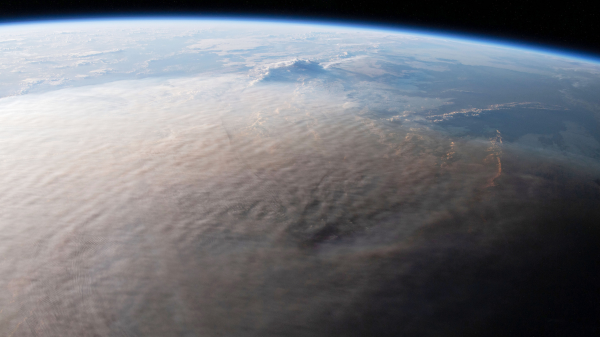
In a post on Dr. Judith Curry’s long-running climate science site Climate Etc., Dr. Javier Vinos, author of the books Climate of the Past, Present, and Future and Solving the Climate Puzzle, discusses several events that have had climate or weather impacts between 2022 and 2024, the first of which was the Hunga Tonga eruption.
There is some evidence that 2022’s Hunga Tonga eruption contributed to 2023 being the supposed warmest year in the land-based instrument temperature record (El Niño being another important factor).
Vinos says the Hunga Tonga eruption is in a way unique in recorded history because it “occupied a unique ‘sweet spot’” at 150 meters in ocean depth and was “exceptionally powerful,” thus depositing vast amounts of water vapor into the stratosphere:
Never before have we witnessed an undersea volcanic eruption with a plume capable of reaching the stratosphere and depositing a large amount of vaporized water. This extraordinary event occurred in January 2022 when the Hunga Tonga volcano erupted. The conditions for such an event are rare: the volcano must be deep enough to propel enough water with the plume, but not too deep to prevent it from reaching the stratosphere. Most undersea volcanoes do not produce plumes at all, which makes Hunga Tonga’s eruption all the more remarkable.
The January 2022 eruption of Hunga Tonga was the most powerful in 30 years, since the 1991 eruption of Mt. Pinatubo.
The volcanic eruption at Hunga Tonga was not the first to affect the weather, but it was unique in how it did so, Vinos writes:
While the most powerful eruptions, such as Tambora in 1815, can indeed strongly influence hemispheric weather for a few years, our observations of eruptions such as Agung (1963), El Chichón (1982), and Pinatubo (1991) suggest that their effects dissipate within 3-4 years.
Volcanic eruptions that penetrate the stratosphere trigger significant radiative, chemical, and dynamical changes, with sulfur playing a key role. Volcanic sulfur dioxide (SO2) oxidates, combines, and aggregates forming sulfate aerosols. These aerosols scatter incoming shortwave radiation, resulting in reduced surface insolation and consequent surface cooling. They also absorb both incoming and outgoing infrared radiation, contributing to stratospheric warming.
The effect of the Hunga Tonga eruption, however, is quite the opposite. While there was some sulfur dioxide associated with Hunga Tonga, the main impact was from water vapor. Water vapor is a potent greenhouse gas, so the sudden 10% increase in stratospheric water vapor in a single day increased stratospheric opacity to outgoing infrared radiation.
The large amount of water vapor forcibly ejected into the stratosphere is cooling the stratosphere but inversely warming the surface of the Earth because of the way it affects the absorption and reflection of infrared radiation. Although the effect will diminish over the next two to four years, surface temperature readings are currently being biased by the increased stratospheric water vapor from the Hunga Tonga eruption. Claims of “warmest year on record” ought to take that factor into account.
Source: Climate Etc.
Heartland’s Must-read Climate Sites



Northern Lights Impact Scandinavia’s Climate

The Washington Post recently reported on a study published late in 2023 in the journal Scientific Reports, an imprint of the Nature publishing group, which shows the northern lights affect power usage in Scandinavian countries.
The study looked at energy consumption in Finland, which is highly correlated with outdoor temperatures. The researchers found,
solar wind driven energetic particle precipitation from space into the polar atmosphere can influence the stratospheric polar vortex and tropospheric weather patterns during winter. These changes are significant, e.g., in Northern Europe, especially in Finland. In this study we demonstrate that geomagnetic activity, as a proxy of energetic particle precipitation, significantly influences Finland’s average temperature and total wintertime electricity consumption in Finland.
The researchers found “space weather”—charged particles from the Sun—can, among other things, shift the polar vortex and destroy ozone. Through a chain of reactions, it can also warm the Earth’s northern reaches. The Washington Post noted the report found strong geomagnetic activity, specifically the northern lights or aurora borealis, can cause an increase in temperatures, resulting in lower winter electricity consumption and heating use.
The effect is not small. In Finland in recent years, warmer winter temperatures from high aurora borealis activity have reduced electricity consumption by as much as 14 percent, reducing the energy used by 300,000 Finish households by about 600 gigawatt hours.
The northern lights occur across much of the northern latitudes, Although the authors limited their research to Finland, there is no reason for believing winter temperatures and power consumption are not also affected in the upper reaches of Canada, Russia, other Scandinavian countries, and possibly even, to a lesser extent, in the northern U.S. states where the aurora borealis is sometimes seen. The findings suggest further research into the northern lights’ impact on temperatures is merited.
Climate models don’t account for the strong regional impact of the northern lights on temperatures, and land-based thermometers in the region cannot tease out the extent to which the northern lights affect temperature readings compared to other factors. Therefore, the next time someone writes climate change is causing “unusual warmth” in Finland, Iceland, Norway, or other countries across the region, we should consider what role the northern lights are playing in temperature changes, before accepting such climate claims, especially if the unusual temperature is a short-term or regular seasonal phenomenon and not part of a long-term trend.
Sources: Washington Post; Nature Scientific Reports
Podcast of the Week
On episode 103 of The Climate Realism Show, we welcome Tom Nelson, producer of the new film “Climate: The Movie.” The film exposes the climate alarm as an invented scare without any basis in science. It emphatically counters the claim that current temperatures and levels of atmospheric CO2 are unusually and worryingly high. In fact, we are currently in an ice age and there is no evidence that changing levels of CO2 (it has changed many times) has ever ‘driven’ climate change in the past.
The Heartland Institute’s Anthony Watts is host, H. Sterling Burnett and Linnea Lueken will break down the movie and it’s impact with Nelson.Plus, we will also have our regular weekly feature, Crazy Climate News – where we look at some of the most absurd climate alarmism stories of the week.
Subscribe to the Environment & Climate News podcast on Apple Podcasts, iHeart, Spotify or wherever you get your podcasts. And be sure to leave a positive review!


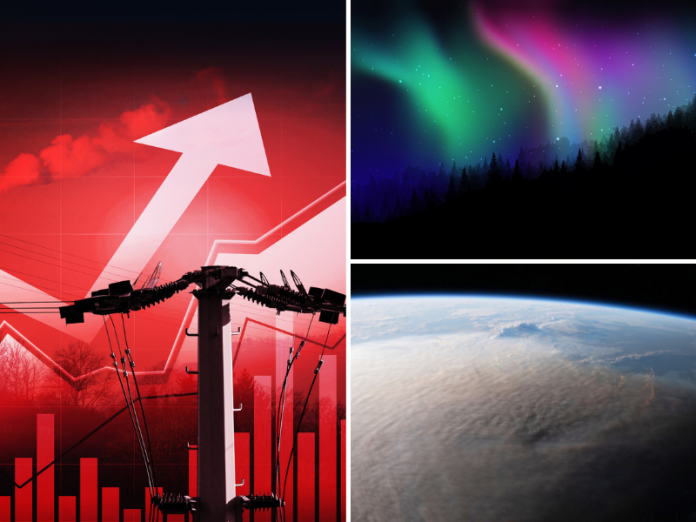

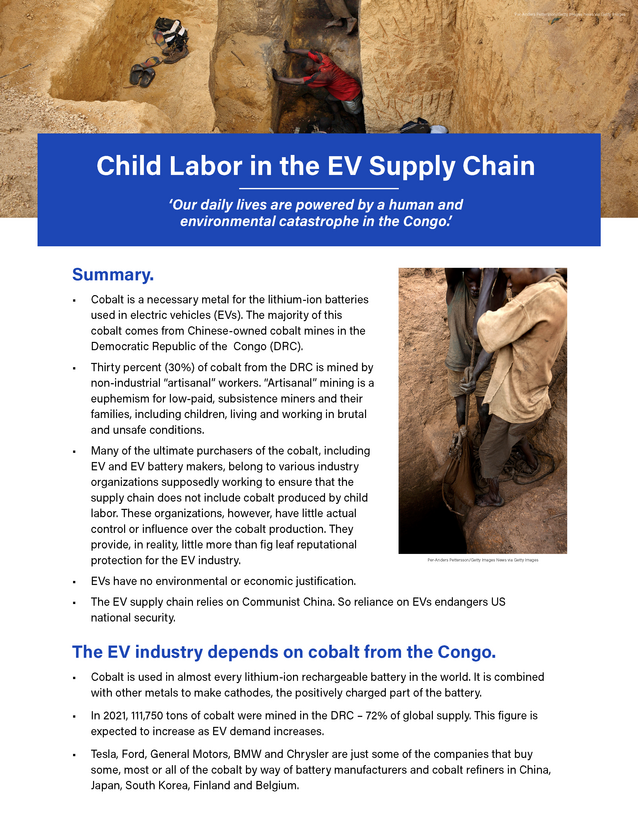
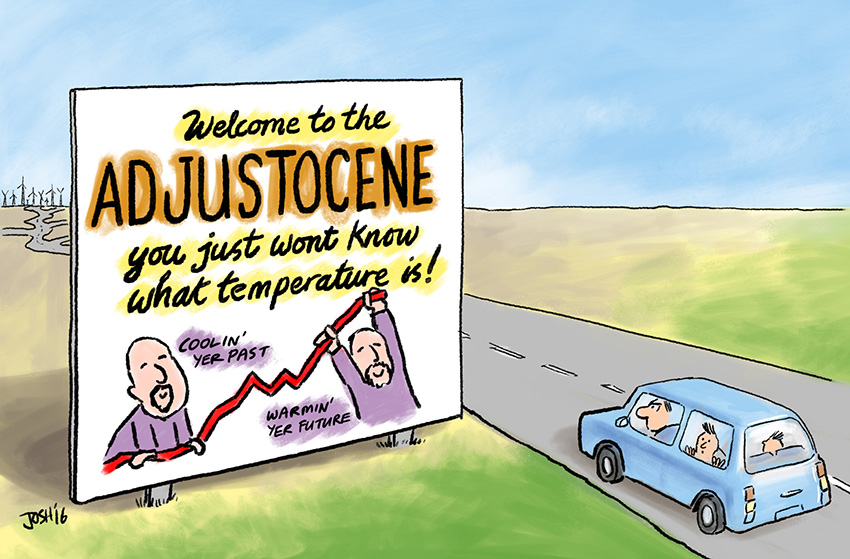
























“Climate change is not causing inflation. It can’t, because inflation is a product of monetary and fiscal policy, which climate has no control over. Government climate policies and spending, by contrast, have directly produced higher prices for food and fuel, the latter having a ripple effect throughout the economy.”
Price inflation is caused by monetary expansion by the Federal Reserve Bank. The logic is solid and the correlation of M2 money supply and CPI is strong with a 6 to 12 month lag. The Fed causes all inflation. The article seemed to say that but repeatedly contradicted itself. If higher energy prices caused the CPI to increase, then in 2008, when oil prices reached $212 per barrel in 2024 dollars, the inflation rate would have been high. But it was low, at 3.4%. There are many other examples of rising energy prices with no correlation to the CPI. Almost all product and service prices will be rising when the CPI is rising, but that does not mean that rising prices cause rising prices. If that was true, there would be runaway inflation
The Vinos claim about Tonga is silly. There is no 18 month delay for the effects of a volcano. The strongest effects should be in the first few months. There was NO obvious effect on the global average temperature. in the two following months and certainly not in 18 months later. Vinos seems to be a CO2 Does Nothing Nutter.
Tonga water vapor
If stratospheric water vapor was increased 10%, that means 1% of total atmospheric water vapor was increased 10%. That adds up to a 0.1% increase of total atmospheric water vapor and that tiny increase could explain why Tonga had no visible effect on the Global Average Temperature